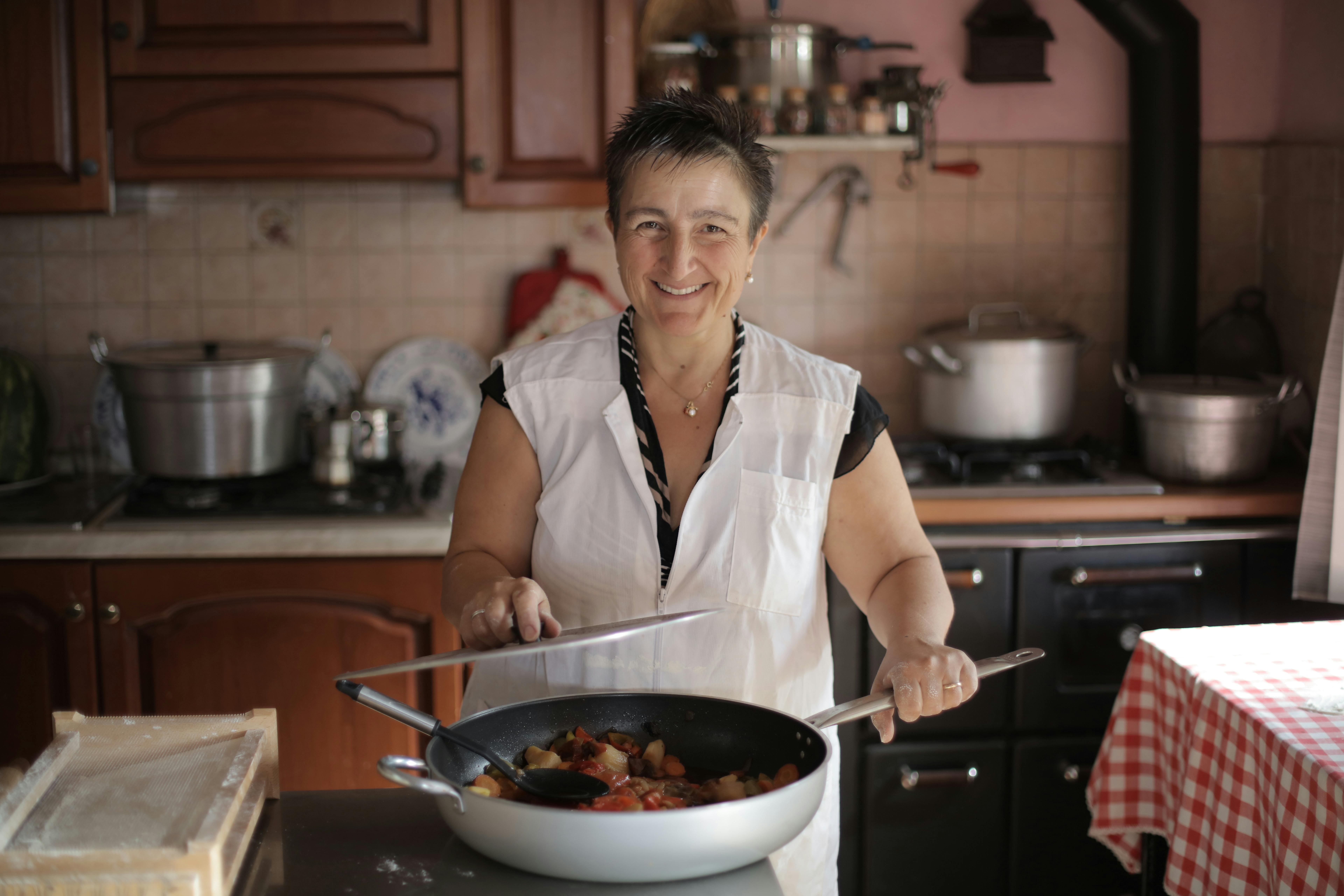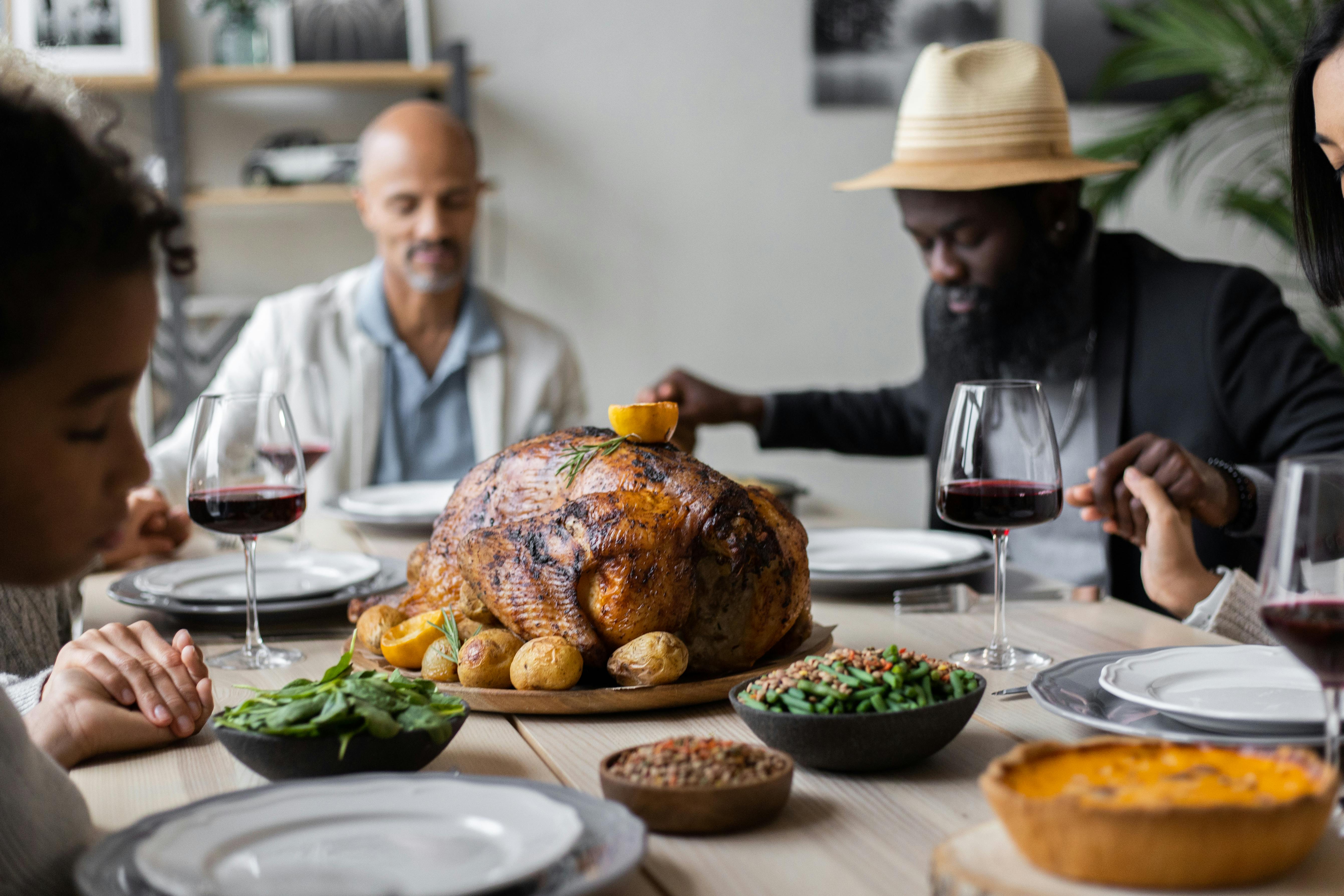This seems like a strange question, but have you ever thought about how you shop? Yes, of course, you could say. You go to the store, get a cart, put food in, pay for it, and take it home. Okay, but have you ever found yourself spending more time in the store than you’d like? Do you hate standing around trying to pair this protein with that starch, or do you find yourself buying another packet of dried thyme because you couldn’t remember if you had any?
Planning healthy meals takes some work, and shopping for the ingredients is one of the most important tasks. Whether you’re trying to save money on your groceries and get as much wholesome, wholesome food on the table as possible, the way you shop can be your best first step on that journey.
Here are some tips to help make your shopping trips faster and better:
1. Summary of recipes. Meal planning requires a few basic steps. You start by thinking about what you would like to do for the week. You can do this by jotting down a few meals that you know how to prepare by heart, and you can also pull up some recipes from blogs and magazines that you have been meaning to try. Gather 6-8 recipes or meal ideas and decide which ones you want to prepare for the coming week. Try not to be too ambitious and plan a week of elaborate meals. Consider your schedule and try to make your meals a good balance between quick and time consuming dishes.
2. What’s special? Once you’ve chosen your meals, you should check weekly circulars and flyers from the store to see if there are any salt items that fit into your plan. If you’re on a budget, choosing items that are on sale can only help. This is the time when you should decide if there are any items that you can substitute for ingredients in your recipes. For example, if you want to make some turkey meatballs, but there is special ground chicken, swap out the chicken.
3. Make a list and stick to it. This step is self-explanatory, but its importance cannot be overstated. Making a good list of what you need from the store will reduce the time you have to shop. It also allows you to combat “wandering belly syndrome,” which occurs when you push your cart, look at everything on the shelves, and then have the sudden urge to drop some Nutella or ice cream in your cart, when you weren’t around. on your list. It seemed like a good idea at the time, right? Don’t feel too embarrassed, we’ve all been there. Keeping your focus on the things on your list, even though it’s not much fun, will help save you from yourself!
4. Use the butcher counter or measure your meat. If you’re lucky enough to have access to a butcher shop or a good butcher counter at your local grocery store, you can buy your meat in exact quantities. The problem I have always found in grocery stores is the way meat is sold. Families come in all different sizes and needs, but ground beef only comes in two general sizes. If you buy the smallest package, you may be short on your prescription. If you buy one of those big 5 pound packages, you have to break it up yourself into more appropriate sizes or you could end up cooking it all.
Meat will often be the biggest cost on your shopping trip. Buying in bulk can be a huge money saver, but only if you do it right. When you bring your meat home, you should immediately portion it out and repackage it for freezer storage. If you bought a quarter of beef from a farm, they will usually divide it into the portions you specify. No matter where it comes from, the important thing is not to let your good intentions to buy in bulk sabotage your budget and your portions.
Most recipes call for meat by the pound, such as ground beef or roasts. Sometimes you may find that the only quantities you see on the case are quantities that are larger or smaller than what your shopping list calls for. In that case, use your discretion and buy one that is a little larger or a little smaller than the amount you wanted to buy.
5.Fruits and Vegetables. As the basis of a healthy diet, a variety of fruits and vegetables are essential so as not to get bored of eating them. Most of us are lucky to have access to a wide variety of fresh produce throughout the year, and we can often get just about anything we’d like to eat at any time.
However, sometimes fresh produce is expensive. If you’ve ever wanted red bell peppers in a Canadian February, you know what I mean. So how can you get all your fresh vegetables without breaking the bank? Always try to substitute a sales item in place of what a prescription calls for. If getting your hands on jicama is going to be expensive, skip it and go for the same number of pears. If celery root is $4 a pound (yikes!), then pass it on and choose another type of root. Recipes can always be improvised and changed; no ingredient is worth spending your budget.
If you live in an area with an Asian market, give it a try. You will often find products at very low prices there. The problem, of course, is that the product may have a stain here or a bruise there. These markets may really be a simple type of establishment, but the food is subject to the same food safety and inspection laws as a typical chain grocery store. However, the prices are much lower, so if you’re not too picky about lemons arranged in pyramids, you can definitely get a bargain.
6. Stuff from the pantry. There are a few items that you will use frequently, such as broths, oils, and canned tomatoes. When non-perishable or long-life items are on sale, take the opportunity to stock up. You might spend a little more on that trip, but you’ll check that item off your next shopping list.
Sometimes a recipe will call for an ingredient that you don’t always have in stock. For example, if a recipe called for half a cup of nuts, you would put them on your shopping list. The problem can come when you arrive at the store and find that they only sell them by the bag, which is much more than what you want and need. When you don’t want or need to buy a large quantity of something, go wholesale. Bulk stores are great places to buy things like spices and specialty ingredients that you only want a certain amount of. Just need a cup of quinoa? That won’t be a problem at a bulk store or the bulk section of your local supermarket.
7. If you have a freezer. As discussed in the previous point on buying meat, a freezer is an excellent tool for the bulk buyer. When there are big sales or you simply buy a large amount of food at once, a freezer can help you make sure nothing goes to waste. Knowing you have a little space in your freezer helps make those money-saving purchases easier—you won’t have to rearrange your tiny standard freezer later like a game of Tetris.
Whenever you store things in the freezer, remember to write the current date on it. We have all been there; reaching to the bottom of the chest, pulling out an unidentified foil packet and wondering “when did I freeze a ham?”
8. Get out of the grocery store. Who says you have to buy your apples and salmon in the same place? If you have access to them, try to get your vegetables from the following places:
Farmers Market:
The great thing about a farmer’s market is that you can often find varieties of vegetables you’ve never seen before, like purple cauliflower or pattypan summer squash. Conventional grocery stores can’t always stock such unique products, which is why the farmers’ market is the next best source for new foods. On top of that, the produce you buy at the market was often harvested that morning or the day before.
A trip to the farmer’s market is more than just business. You get to see the people behind their food. The money you pay for a butternut squash goes directly into the hands of the person who grew it. There’s a certain satisfaction to that that’s hard to replicate in a store.
Garden markets:
These markets are usually seasonal mom-and-pop stores that may also be flower nurseries. They are sometimes found on a farm or ‘pick-your-own’ berry field, but can also be found in cities. Products usually come from local farmers, but can include the same stuff you get at a grocery store. It is the middle ground between a normal grocery store and a farmer’s market.
Your own garden?:
If you have the space and time to grow your own food, you might consider giving it a try. If you’ve never had a vegetable garden before, you may want to stick to the easier-to-grow vegetables, such as tomatoes, cucumbers, and summer squash (zucchini). A packet of seeds from an organic, non-GMO source can cost as little as $1. There is nothing better than going out and picking a tomato from your own plant.



